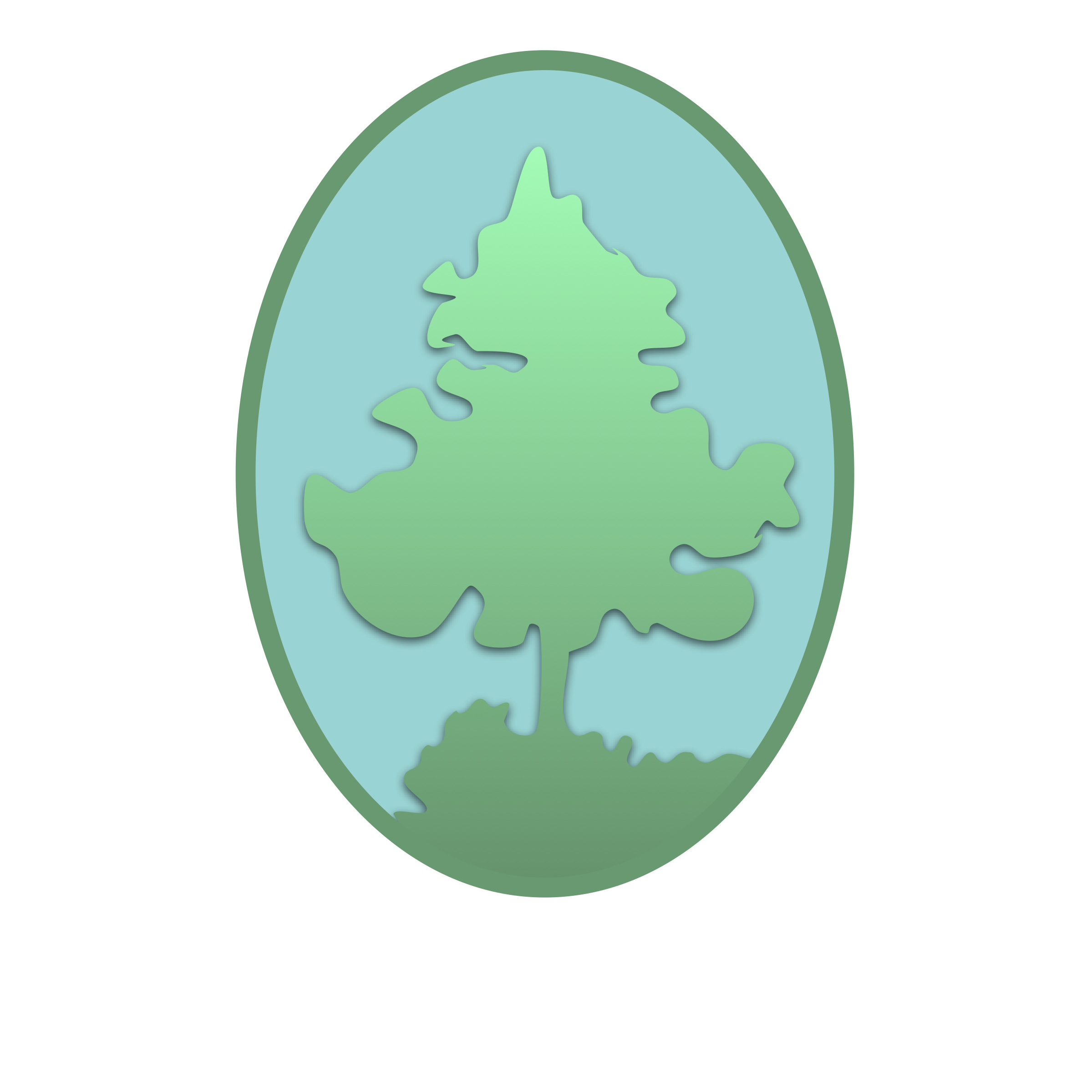West 11th Street Park Update
Submitted by Helen Shumway, President of Friends of West 11th Street Park
It has been a busy spring, as always. But this time there was a bit extra going on with the Friends of West 11th Street Park.
Recently we were notified that we needed to change the host for our website. During this process, we decided to update the look of the website and I think it came out great! Major kudos go to Jennifer Vickers and Robert Delgado for all of their hard work. Take a look around the website and let us know what you think!
As part of the quality control for the new website, I was tasked with checking some of the links and found an interesting one from the Texas Parks and Wildlife on bumble bee identification. According to this site, there are nine species of bumble bees, a large fuzzy insect, in Texas. Their bodies are separated into three sections, the head, the thorax (middle section) and the segmented abdomen. To identify the different species, focus on the color patterns made from the black and yellow hairs covering the thorax (bare dot or bands) and the colors of the abdomen segments.
Since bumble bees typically are busy feeding on flowers, they tend to ignore a casual observer. This makes it easy to see their color pattern when trying to identify the species. If you want, use binoculars when observing the bumble bees (or other insects) in order to clearly see the distinctive marks necessary for identification. While a carpenter bee is very similar to the bumble bee, the segments of the carpenter bee’s abdomen are shiny black with out the distinctive yellow and black furry bands that make up the bumble bee’s abdomen.
Bumble bees nest in the ground. If you stumble upon a nest site, treat it with caution since the bumble bees will defend their colony if disturbed.
Learn more about these insects on our website and following the links to the Texas Parks and Wildlife website.
Enjoy the new West 11th Street Park website and I hope to see you in the Park soon!

